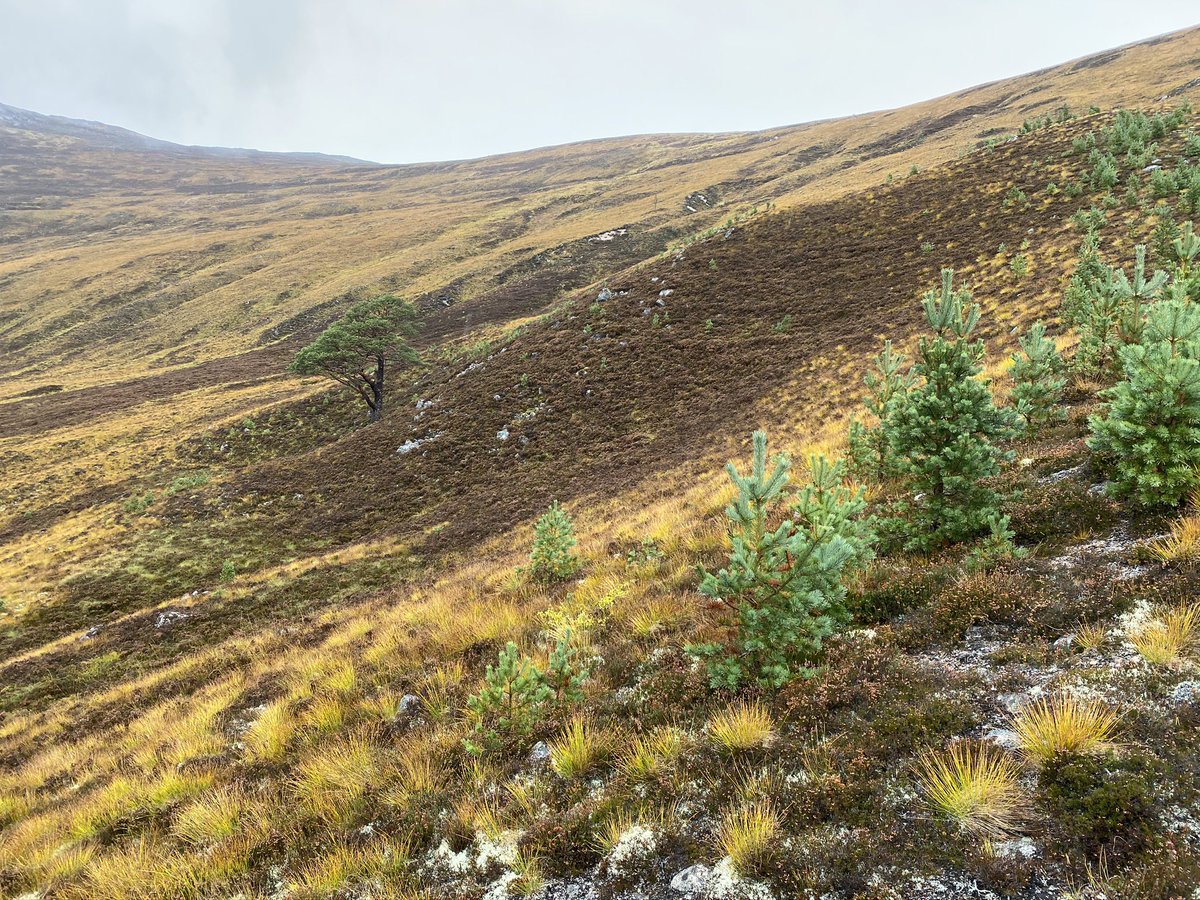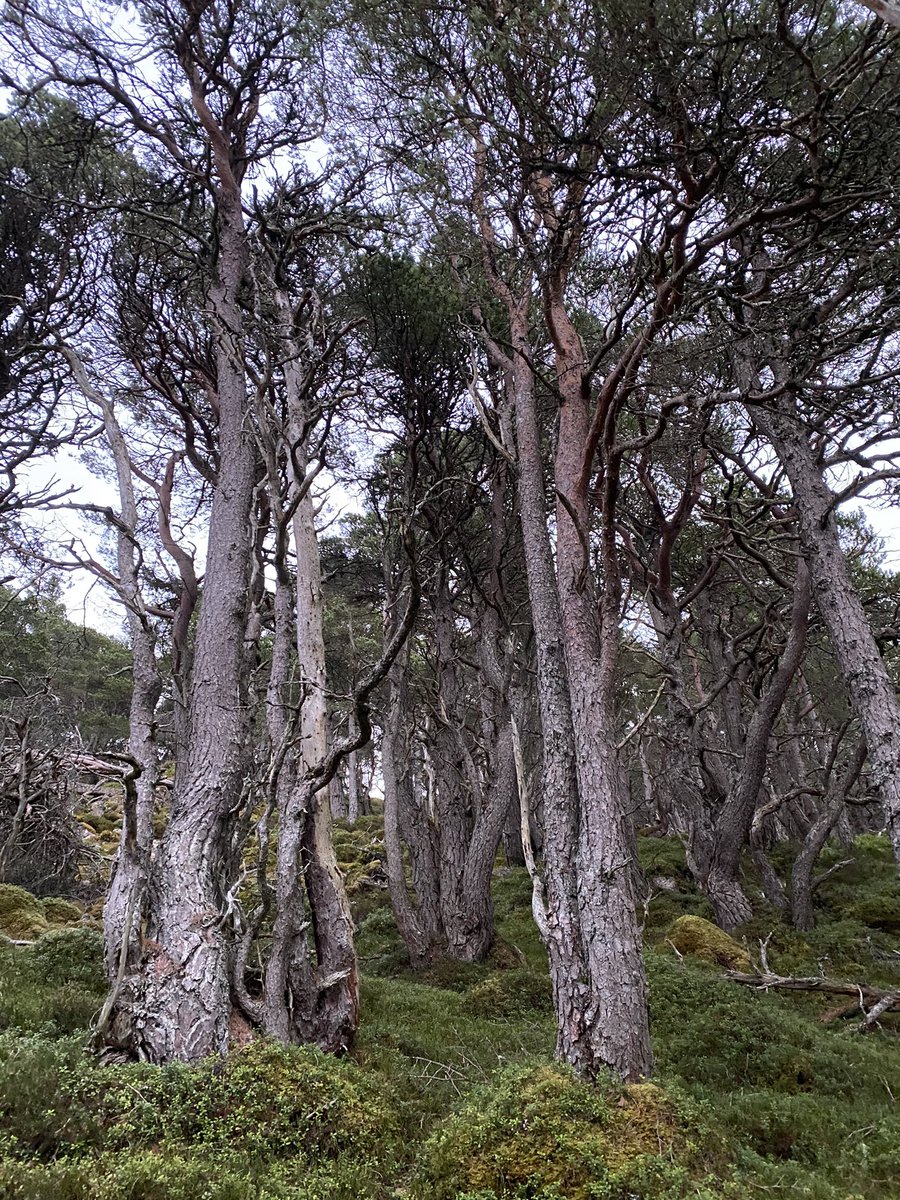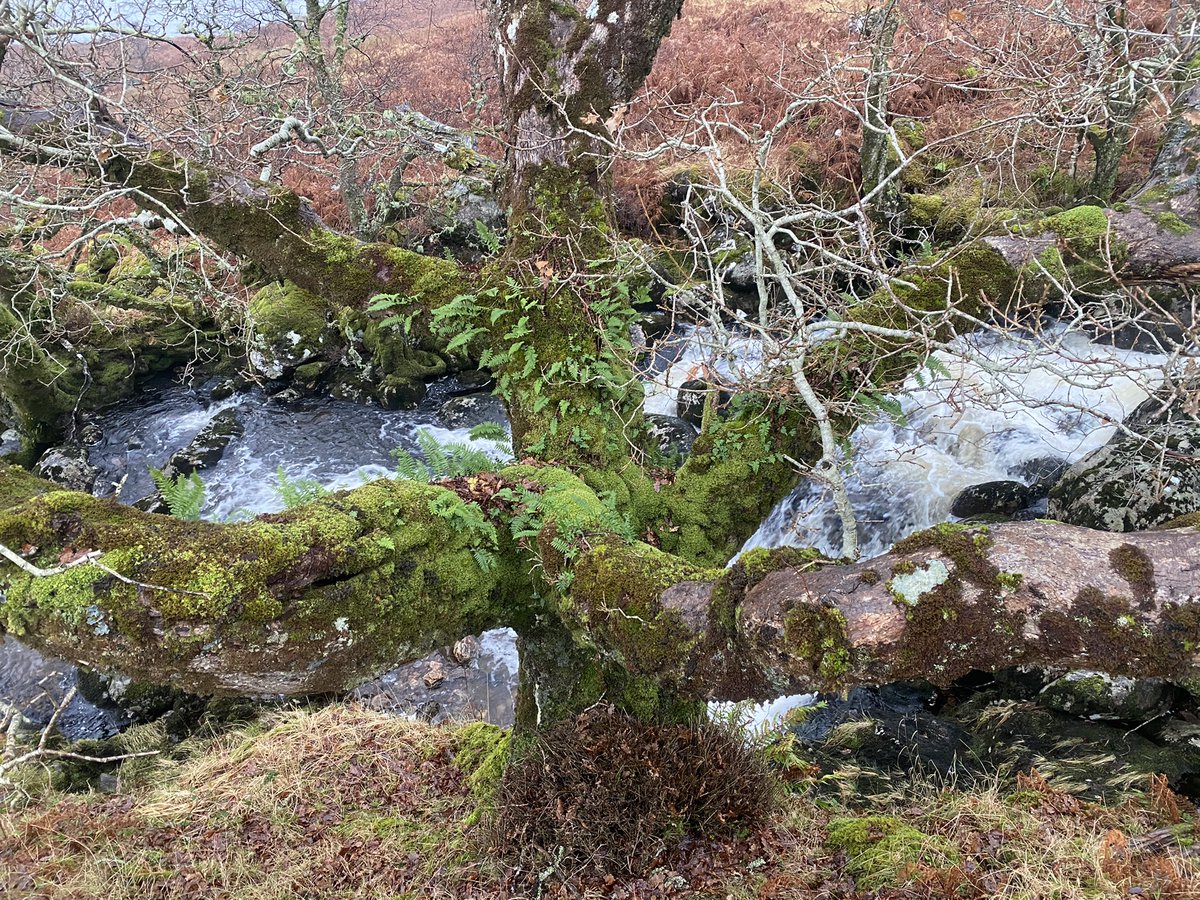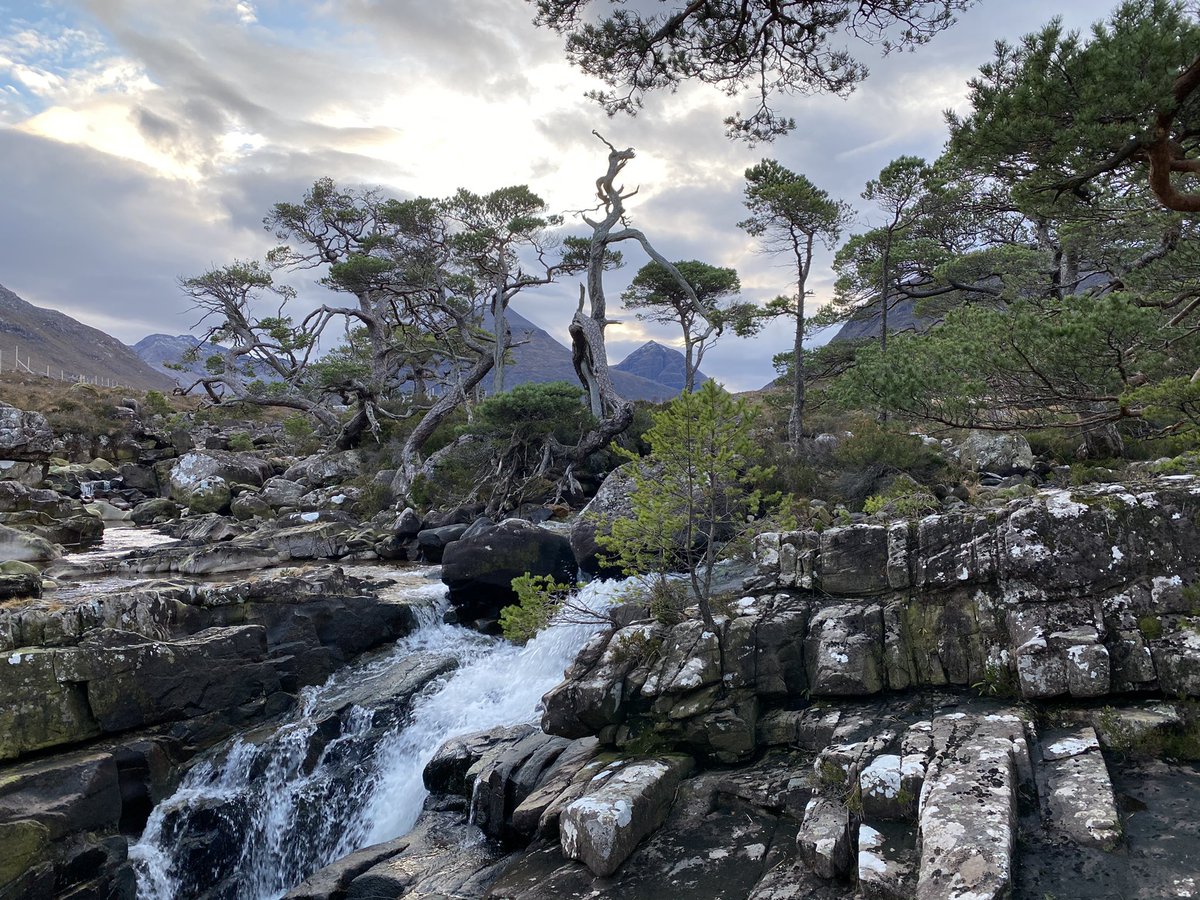
Cam Dhoire (the crooked wood), an Ancient Woodland in Glen Mallie, Lochaber
like so many now remote woods in the Highlands, this place has almost been erased - culturally by the expulsion of people from the Glen during the clearances, and physically by centuries of overbrowsing
like so many now remote woods in the Highlands, this place has almost been erased - culturally by the expulsion of people from the Glen during the clearances, and physically by centuries of overbrowsing

the 2 are of course interrelated: much of the Highlands was cleared of people to make way for large scale sheep ranching, made possible by the extermination of wolves. without wolves or effective mgmt, deer now perpetuate ecological impacts of ranching even after sheep removal 
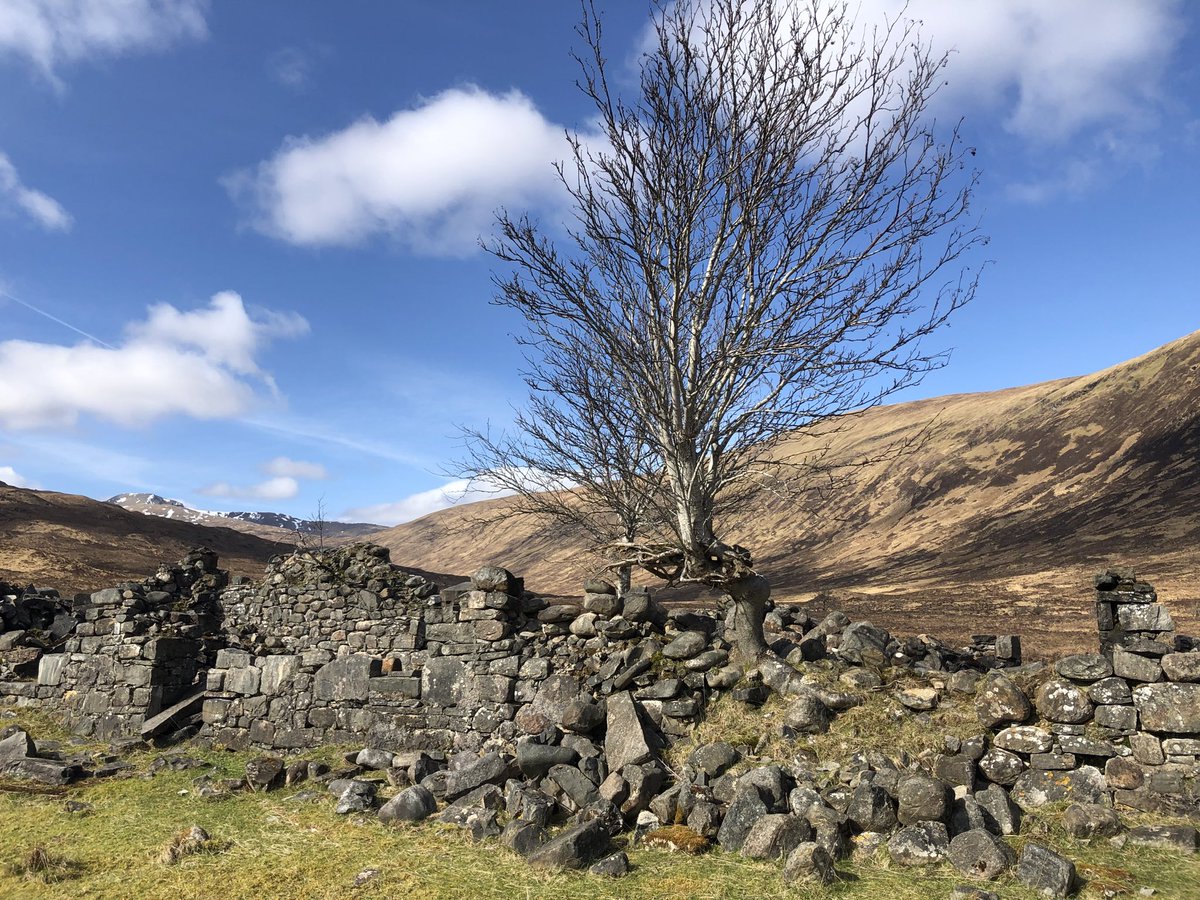
consequently, places like Cam Dhoire are falling apart - for centuries sheep/deer have eaten all of the young trees, so when old ones die there is nothing to replace them. this is only possible because of earlier cultural erasure, which prevents us from responding effectively 

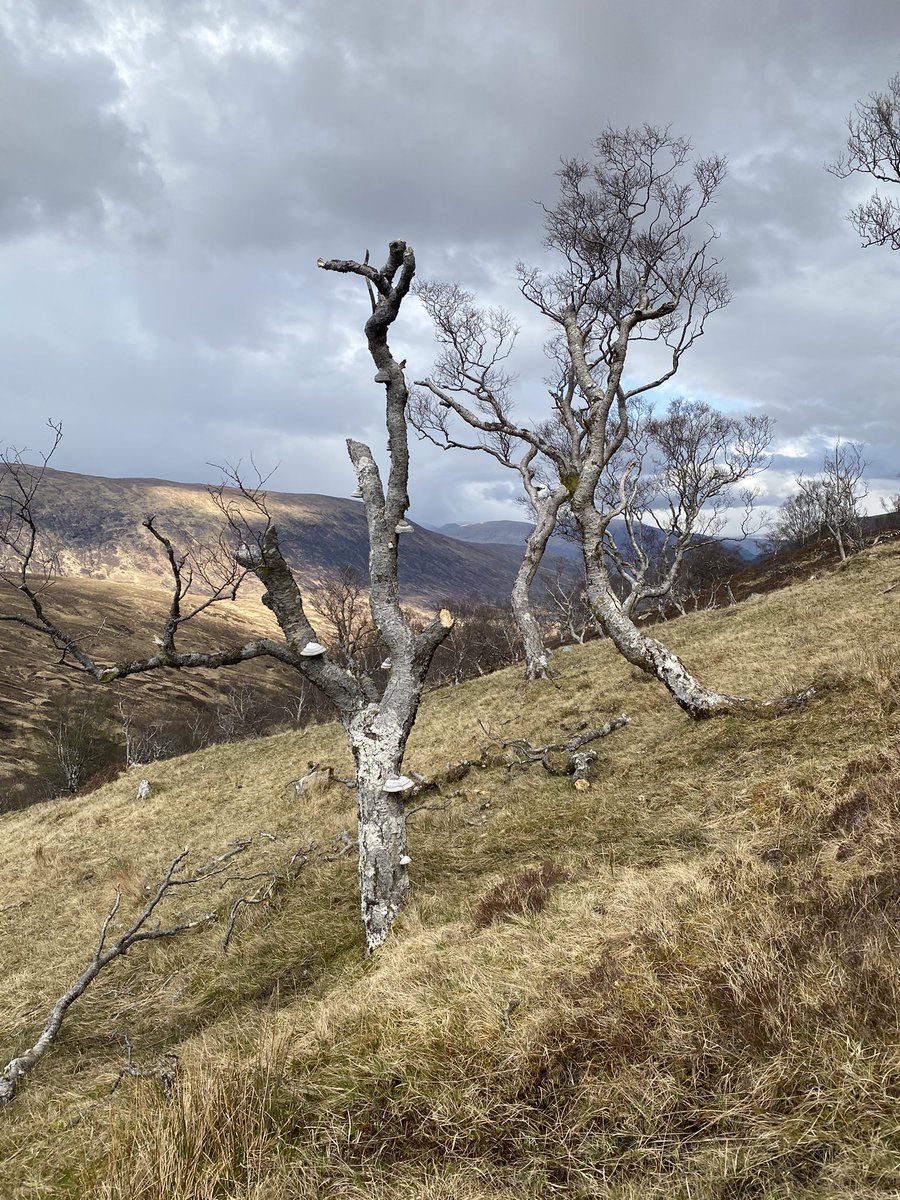
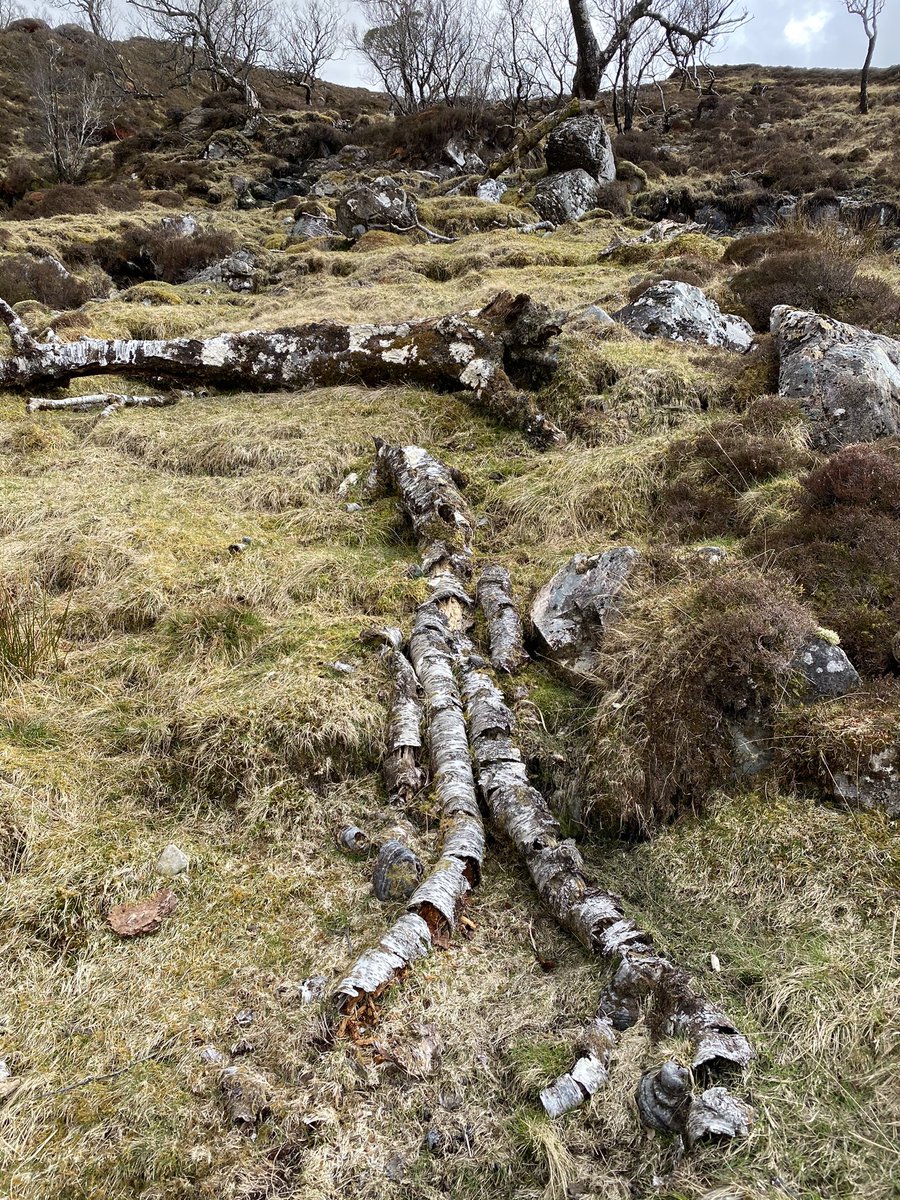
incidentally, Cam Dhoire is one of the most interesting woods I know - 100s of pine stumps scattered through it suggest it used to be a mixed pine-birch wood, while today it is almost all birch (with 2 surviving wild pines!) 


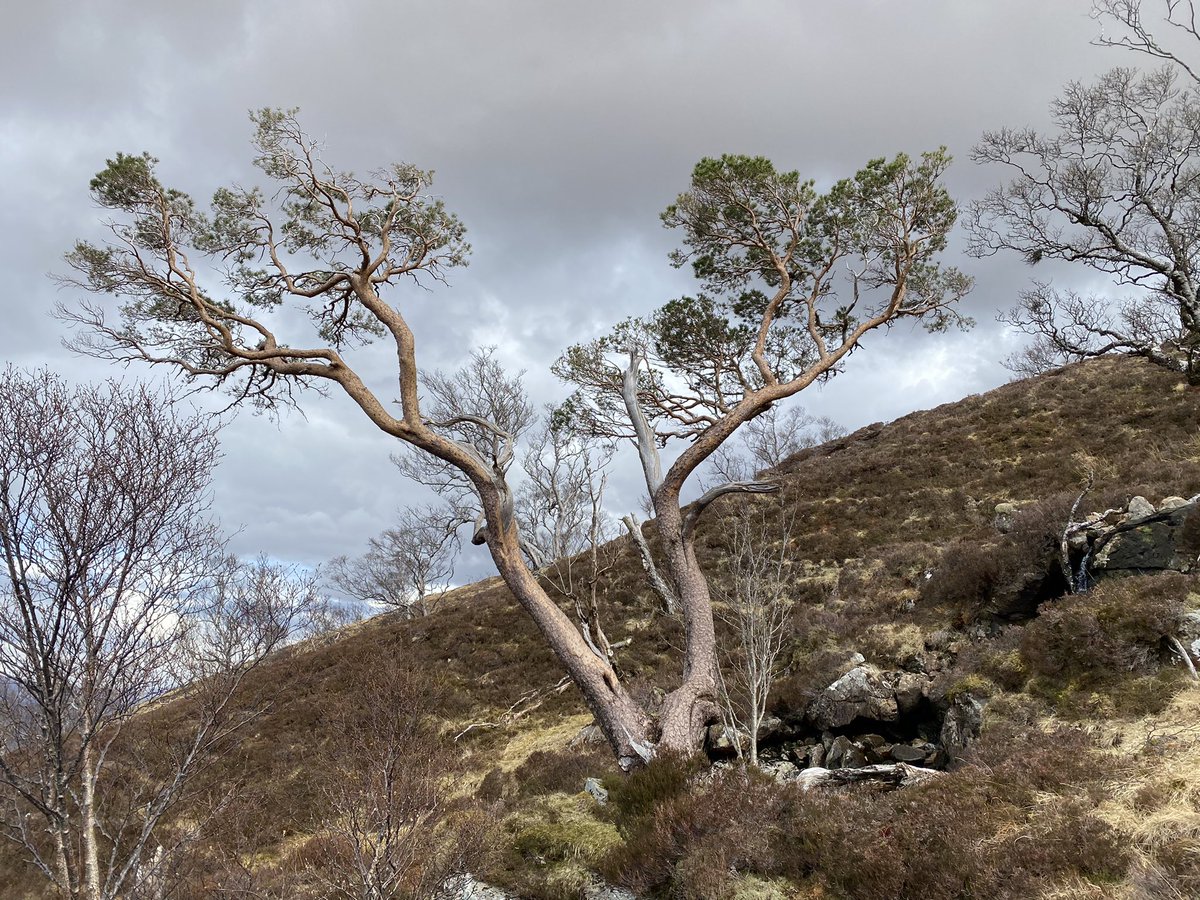
its also full of wood ant nests, which are pretty scarce in the west of Scotland. these are missing from the vast dying pinewood in Glen Mallie, probs exterminated by past fire
and as usual, much of the wood's former diversity can still be glimpsed in inaccessible pockets along a ravine, where hazel, ash, juniper, serrated wintergreen, stone bramble and other woodland wildflowers have escaped overbrowsing/grazing 


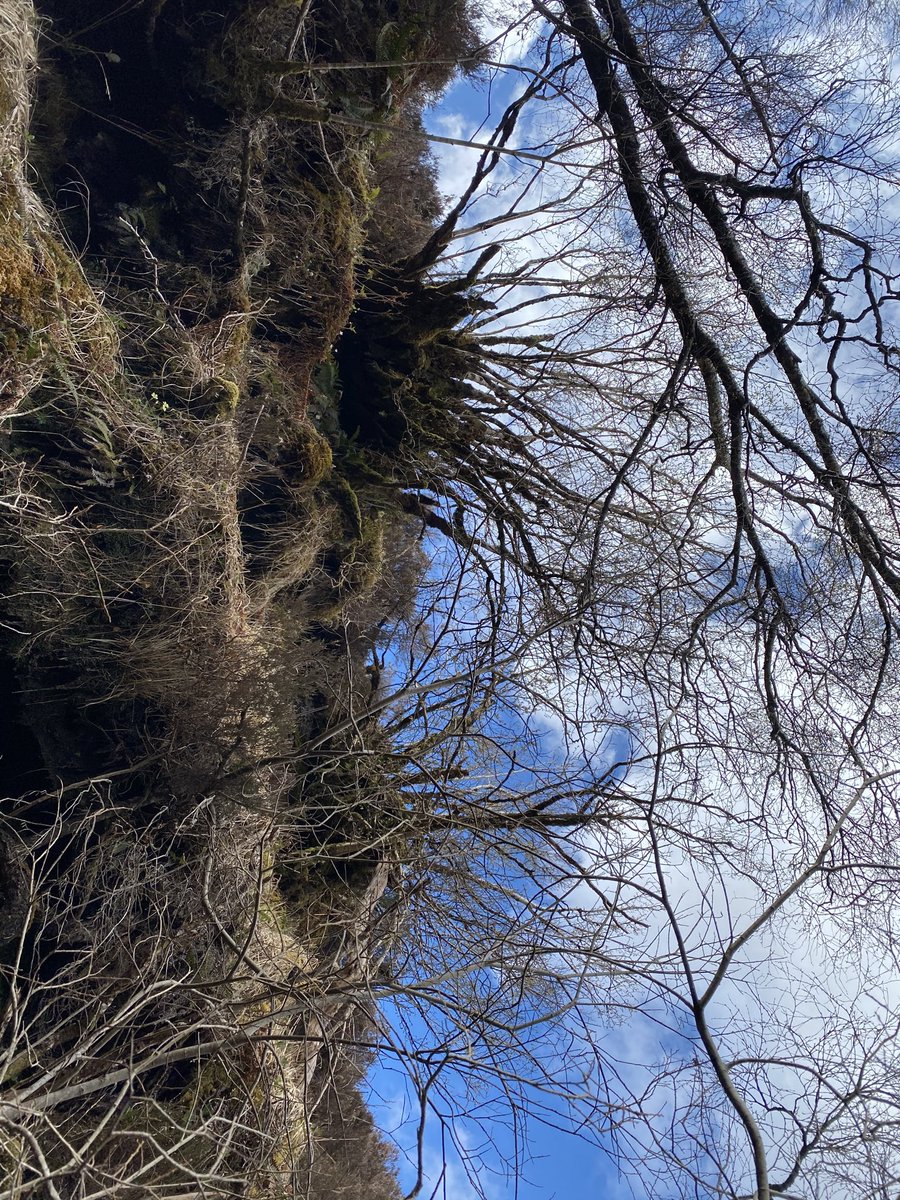
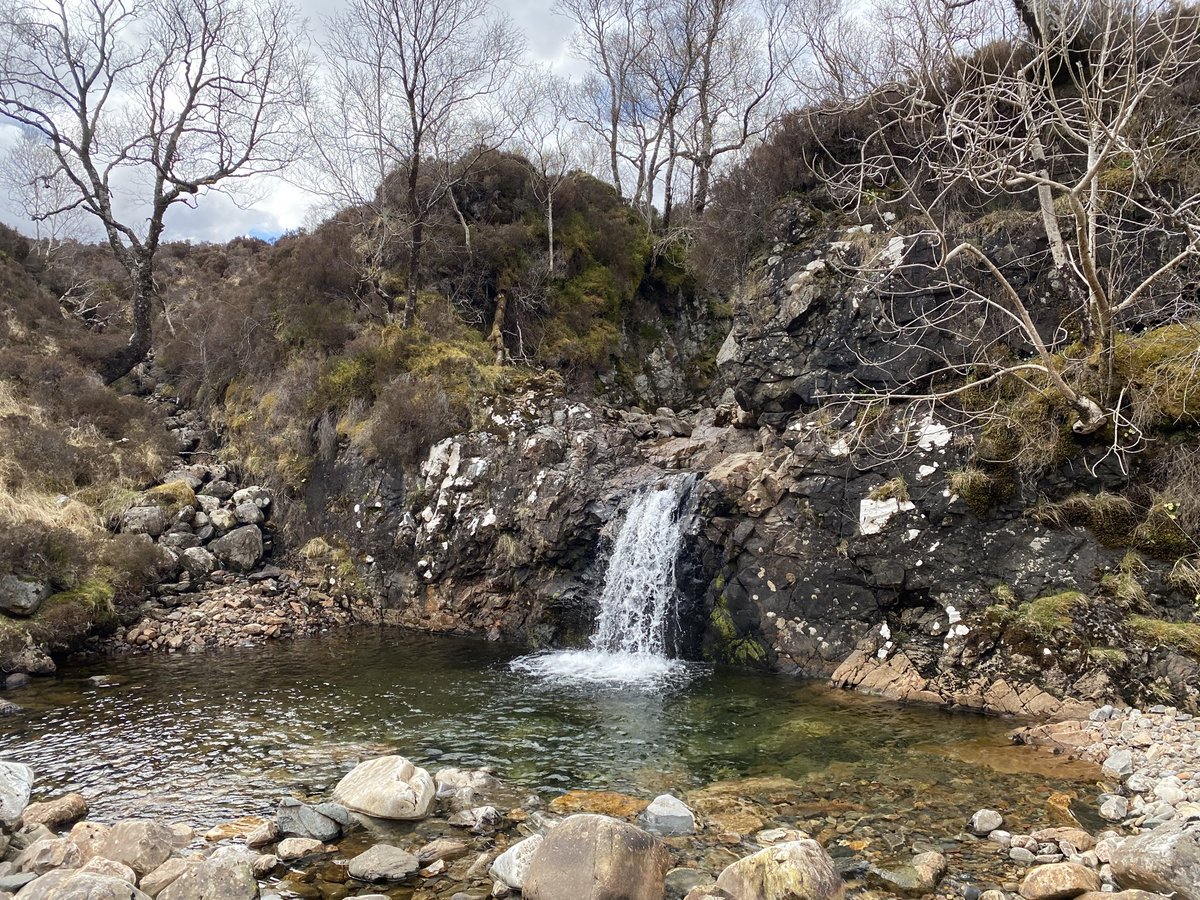
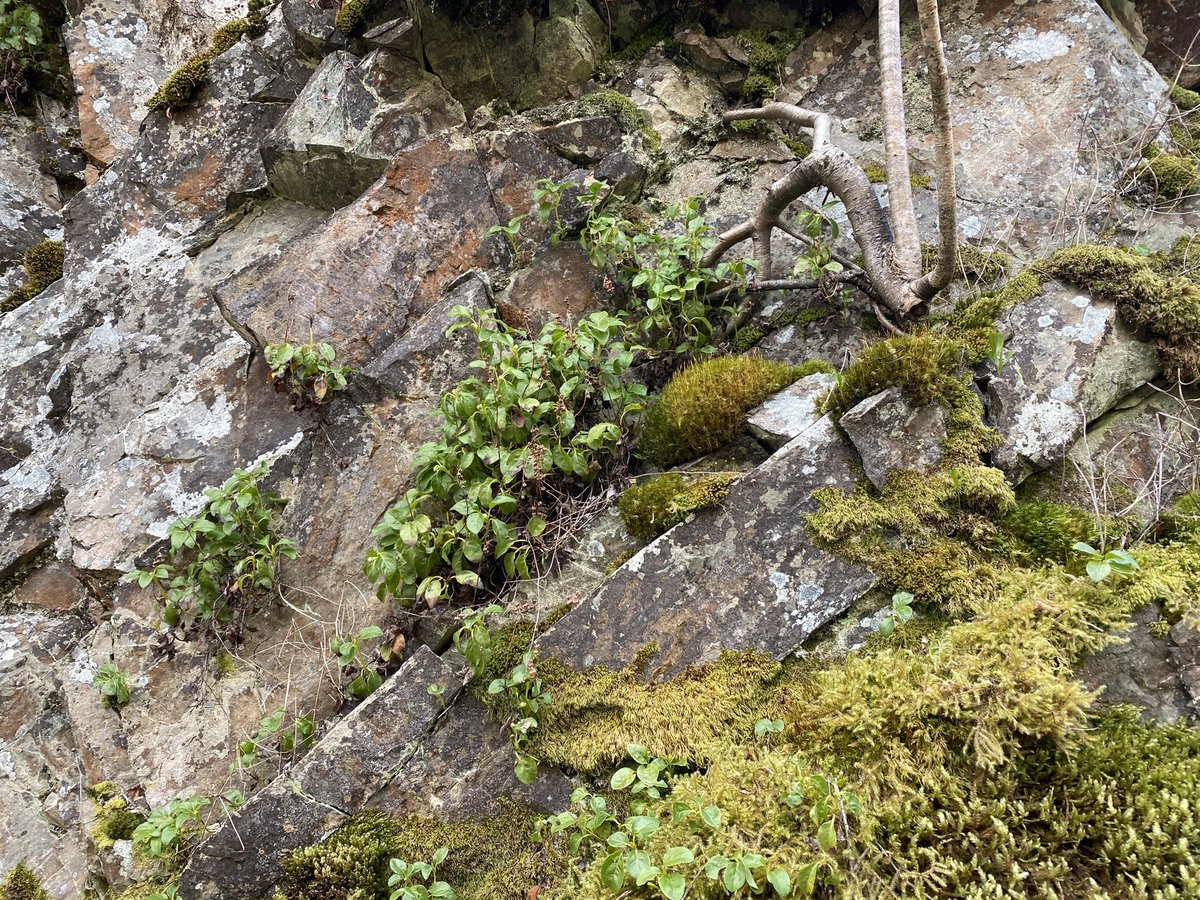
Cam Dhoire is part of a >75000 acre estate (!!!), which includes >1000 acres of degenerating woodland. it is anti-democratic and unjust that anyone is allowed to degrade and extinguish nature on this scale - time to let people who care manage the land, time for #LandReform 
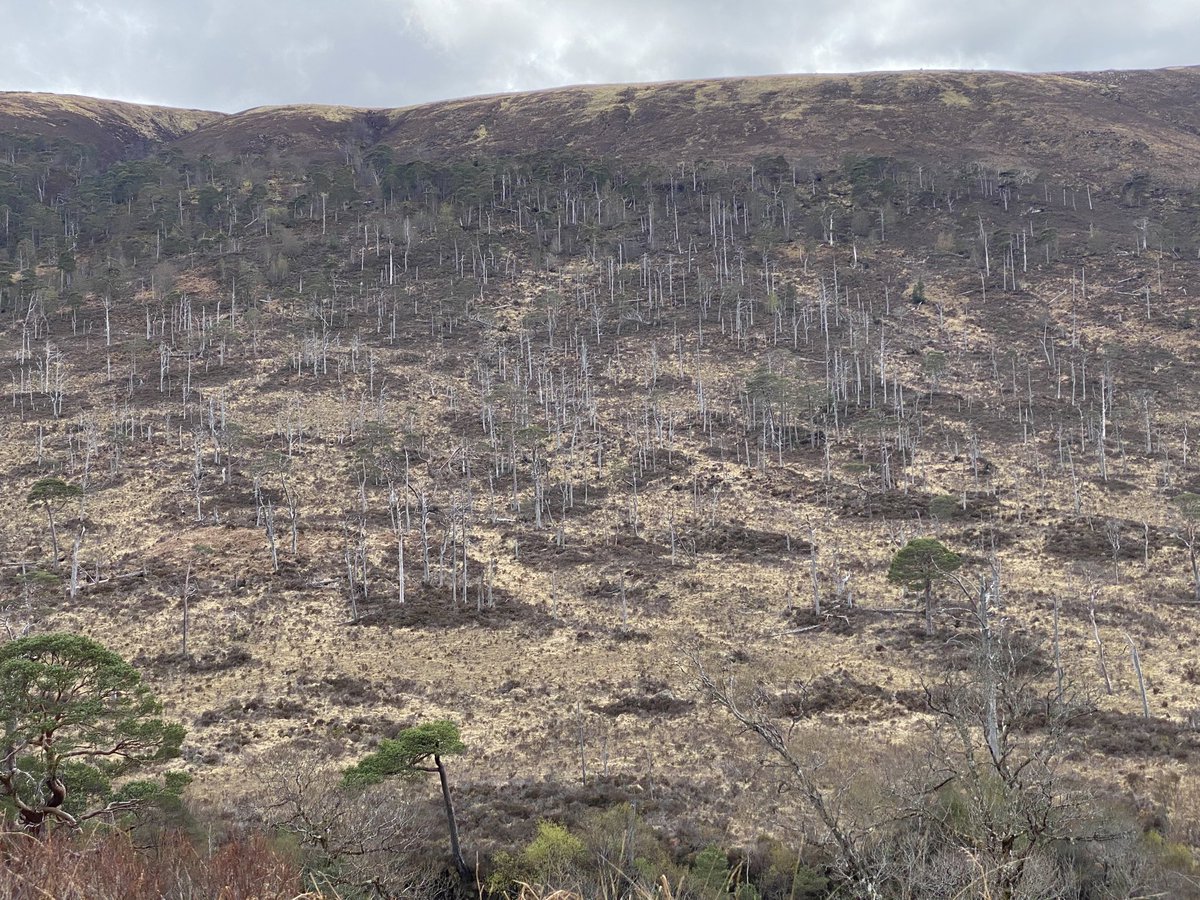
• • •
Missing some Tweet in this thread? You can try to
force a refresh








